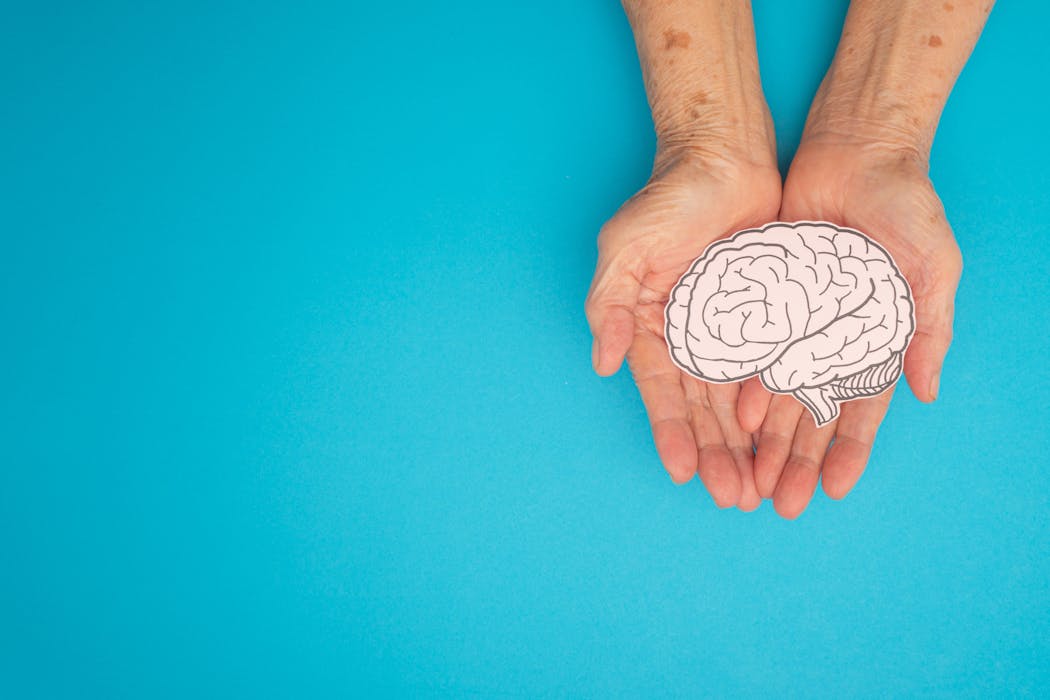
Alzheimer’s is a disease that robs people of their memory, and scientists have long sought ways to stop or reverse its effects. But the blood-brain barrier – the brain’s protective shield – has been both a friend and a foe. While it keeps harmful substances out, it also blocks many treatments from getting in.
Now researchers are trying a different approach. Rather than bypassing the barrier, they’re learning to work with it.
A new study shows that a single injection of specially designed nanoparticles can dramatically reduce levels of a toxic protein in the brains of mice. The protein, called beta-amyloid, is a hallmark of Alzheimer’s disease. It forms sticky clumps that disrupt communication between brain cells and trigger damage.
The innovation doesn’t attack the protein head-on. Instead, it targets the brain’s blood vessels, essentially reprogramming their transport systems to carry the toxic protein out of the brain.
Scientists at the Institute for Bioengineering of Catalonia in Spain and Sichuan University in China, created tiny nanoparticles coated with a molecule called angiopep 2. This molecule latches onto LRP1, a protein that naturally helps move beta-amyloid out of the brain and into the bloodstream.
The key lies in precision. The researchers had to attach exactly the right number of angiopep 2 molecules to each particle. Too few, and nothing happens. Too many, and the LRP1 protein gets pulled inside cells and destroyed. Get it just right, and LRP1 guides beta-amyloid across blood vessel walls and out of the brain.
When tested in mice genetically engineered to develop Alzheimer’s-like changes, a single injection decreased beta-amyloid levels in the brain by 45% within two hours. At the same time, the protein surged in the blood, showing it was being actively transported out. Brain scans confirmed the shift.
The benefits went beyond just reducing toxic protein. Tests showed that treated mice performed as well as healthy mice on learning and memory tasks. They also regained interest in everyday activities like building nests and choosing sweetened water – subtle signs their brains were functioning better.

Microscope images revealed how the treatment worked. After injection, more LRP1 proteins appeared on blood vessel surfaces, and fewer were being sent to the cell’s “recycling bins”. Other proteins shifted to favour routes that carry materials across blood vessel walls. In essence, the brain’s natural clearance system was being restored.
Most Alzheimer’s treatments focus on breaking down plaques or preventing their formation. Antibody therapies like lecanemab and donanemab can slow cognitive decline modestly, but they require repeated doses and carry risks such as brain swelling.
Other approaches aim to protect neurons or reduce inflammation. But few target the blood vessels themselves. This new method doesn’t bypass the blood-brain barrier – it repairs and reprogrammes it. The barrier becomes part of the treatment, not just an obstacle.
However, there are important caveats. The experiments involved only a few mice, and some statistical analyses may not fully account for repeated measurements from the same animals. The mice also carried genes linked to a rare, inherited form of Alzheimer’s, which doesn’t reflect how the disease typically develops in humans.
Mouse brains and blood vessels aren’t identical to human ones. What works in mice doesn’t always translate to people. These results need repeating in larger studies, and significant research lies ahead before this approach could be tested in humans.
Conceptual shift
Despite the limitations, the research represents a conceptual shift. Rather than viewing the blood-brain barrier as a wall to overcome, scientists are learning to harness it. If similar strategies work in humans, they could offer a new way to slow or even reverse aspects of Alzheimer’s by focusing on the brain’s own transport systems.
It also opens broader possibilities. Many neurological conditions involve disruptions in blood vessels or blood-brain barrier function. Learning to work with blood vessels could have implications far beyond Alzheimer’s.
For patients, this offers a glimpse of a future where brain blood vessels aren’t passive tubes, but active partners in treatment. The study provides proof of concept for a potential new class of therapies. But translating success from a handful of mice to human patients will require much more work.
Rahul Sidhu does not work for, consult, own shares in or receive funding from any company or organisation that would benefit from this article, and has disclosed no relevant affiliations beyond their academic appointment.
This article was originally published on The Conversation. Read the original article.







